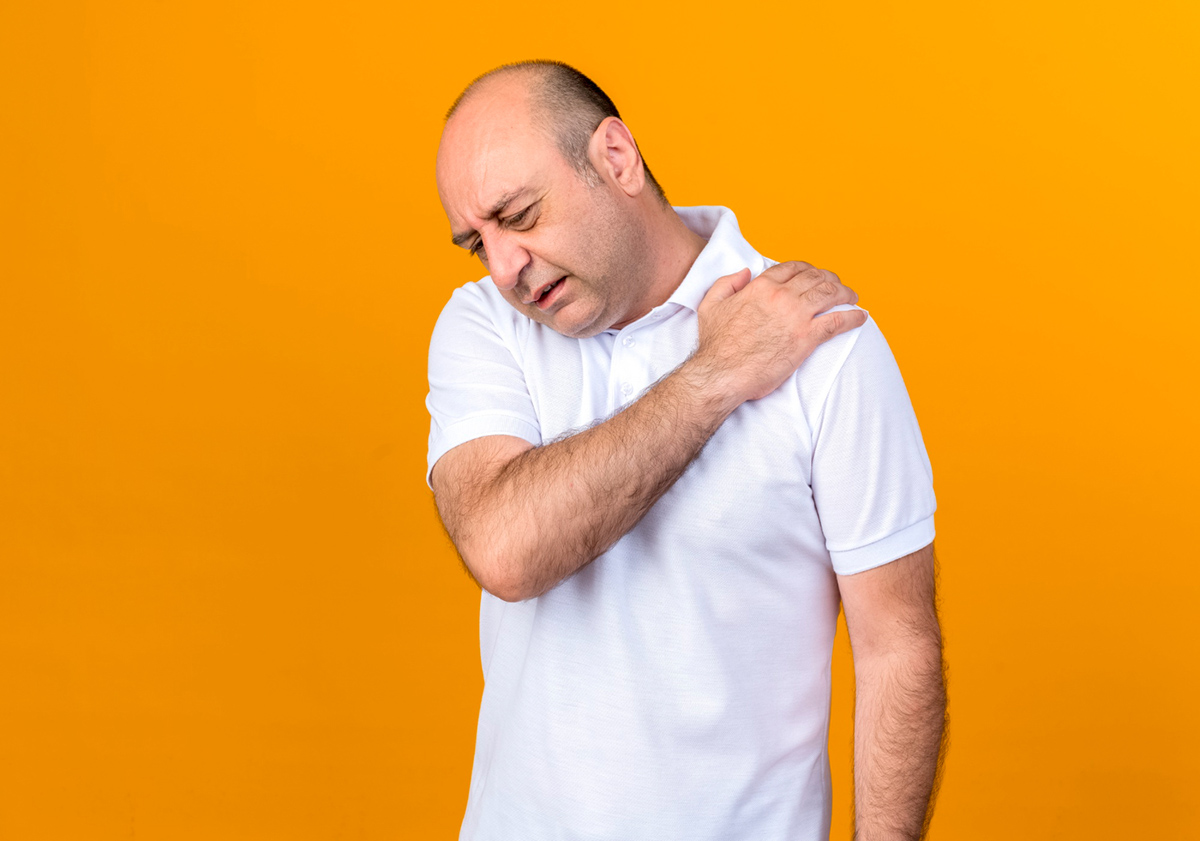Types of Rotator Cuff Tears

The rotator cuff is one of the most important parts of our shoulder. It is made up of four muscles that work together to provide stability and movement to the joint. Unfortunately, due to overuse or injury, the rotator cuff can become damaged, leading to pain and discomfort. One of the most common types of rotator cuff injuries is a tear. In this blog post, we will discuss the different types of rotator cuff tears, their causes, symptoms, and treatment options.
Partial Tear
A partial tear is a relatively common type of rotator cuff injury. It occurs when a portion of the muscle or tendon is torn but not completely. This type of tear can happen suddenly or develop over time due to repetitive motion. People with partial tears often experience mild pain and weakness in the shoulder, but they can still perform many activities. Treatment for a partial tear may include rest, physical therapy, and anti-inflammatory medication.
Full-Thickness Tear
A full-thickness tear is a more severe type of rotator cuff injury, in which the muscle or tendon is completely torn. This type of tear typically requires immediate medical attention, as it can significantly impair shoulder function. Symptoms of a full-thickness tear may include severe pain, weakness, and limited range of motion. Treatment options for this type of injury may include surgery, especially if the tear is large or causes significant pain.
Intra-articular Tear
An intra-articular tear is a type of rotator cuff tear that occurs within the shoulder joint. Unlike other types of rotator cuff injuries, this type of tear is often associated with degenerative changes in the joint. Common symptoms of an intra-articular tear include pain and stiffness in the shoulder, as well as decreased range of motion. Treatment for an intra-articular tear may include rest, physical therapy, and surgery if conservative measures are not successful.
Acute Tear
An acute tear is a sudden, traumatic injury to the rotator cuff that often occurs during a fall or other accident. This type of tear is typically accompanied by severe pain, weakness, and limited range of motion. Treatment for an acute tear may include immobilization, anti-inflammatory medication, and physical therapy. In some cases, surgery may be necessary to repair the damaged tissue.
Chronic Tear
A chronic tear is a long-standing injury to the rotator cuff that has developed over time. This type of tear is often associated with repetitive overhead motion, such as that required in sports or manual labor. Symptoms of a chronic tear may include a dull ache in the shoulder and weakness. Treatment for a chronic tear may include rest, physical therapy, and surgery, depending on the severity of the injury.
Conclusion
Rotator cuff tears can be painful and debilitating, affecting your ability to perform even the simplest of tasks. Fortunately, there are effective treatment options for each type of rotator cuff tear. Whether you are experiencing mild pain or have a severe tear, it is important to seek medical attention promptly. If you are in the Deland area, Central Florida Bone and Joint Institute can help. Contact us today to learn more about our orthopedic services and schedule a consultation with one of our experienced surgeons.